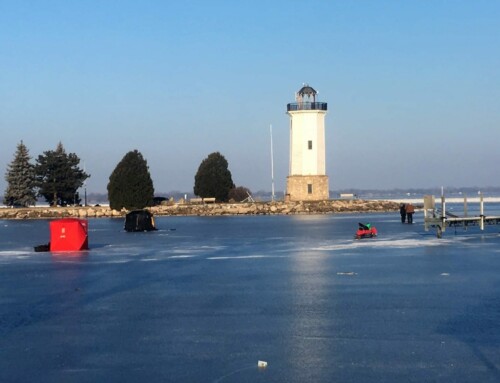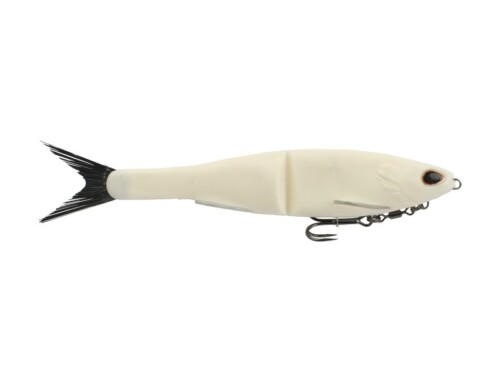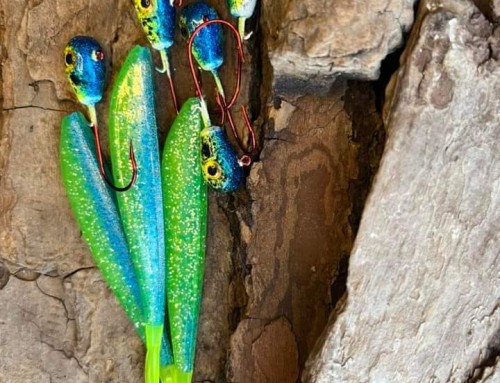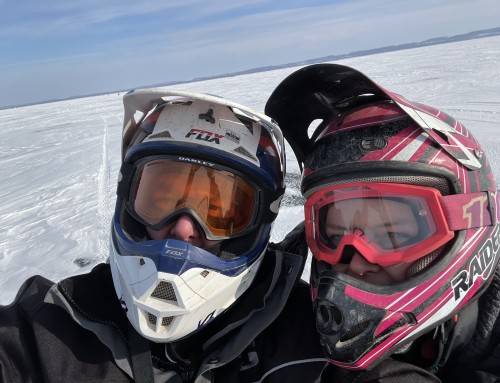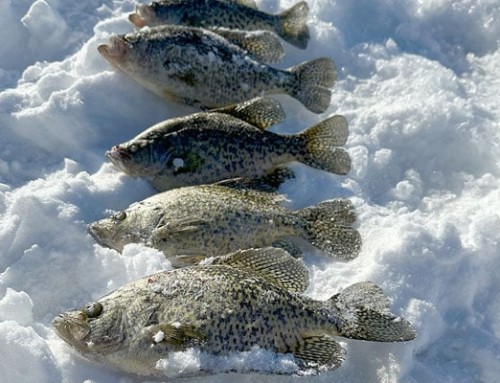Inconsistent weather leads to inconsistent post spawn walleyes.
The Winnebago system in Eastern Wisconsin is traditionally one of the toughest bodies of water to fish consistently in the Midwest. This year, the inconsistent spring has added to the frustration some anglers experience on the system, while others have excelled during the same time period just boat lengths away.
In 2012, the early warm period in March, broke down the thin ice sheet quickly, creating an abnormally fast warming of the water temperatures. As a result, a very early spawn occurred with the walleyes, perch and other fish.
Weeks later, the warm weather expired and an extended below/near normal temperature cycle started. Several species of fish, including white bass and sturgeon, stopped spawning and have been waiting to resume their spawning rituals. This also resulted in a pause in the “late to the party” walleyes, leaving most walleyes into post spawn patterns, while others were still pre spawn.
The frustration area anglers may be experiencing could be related to the tactics they are using to target fish. Typically, jigging or pumping flies in the river is a pre-spawn, and an early post spawn tactic. Slip bobbers and trolling tend to be most effective 15-30 days post spawn.
Because the spawn for the walleyes spread over several weeks, there has been a smorgasbord of fish in various stages of post spawn. Low water flow has not helped move the remaining “river fish” into the lakes, delaying many of the expected spring patterns. These fish have left their schooled concentrations and have become scattered across the system, making them unpredictable.
Anglers must be a chameleon on the water right now. There are active fish in the rivers, lakes and channels. Your technique must match the walleyes post spawn stage in order to be successful. That tactic may change by the group of fish you are currently in contact with on the water.
For example, a walleye which is 5-10 days past spawn, may be resting along wooden piers or in a low current area as it recovers from the spawn. A slow moving crank bait, a dragged jig, or a current driven slip bobber may be best to target these relatively inactive fish.
A walleye 20+ days post spawn, may actively be attacking food sources on a reef, or following a bait fish school on a lakes basin. The focus of these fish has changed from spawning/recovery to feeding. A faster approach can be critical in making these fish chase lures. Being versatile and adapting to daily emerging tactics can dictate your success and failures on a given day.
For a comprehensive weekly Winnebago System fishing report, please visit myfishingpartner.com

